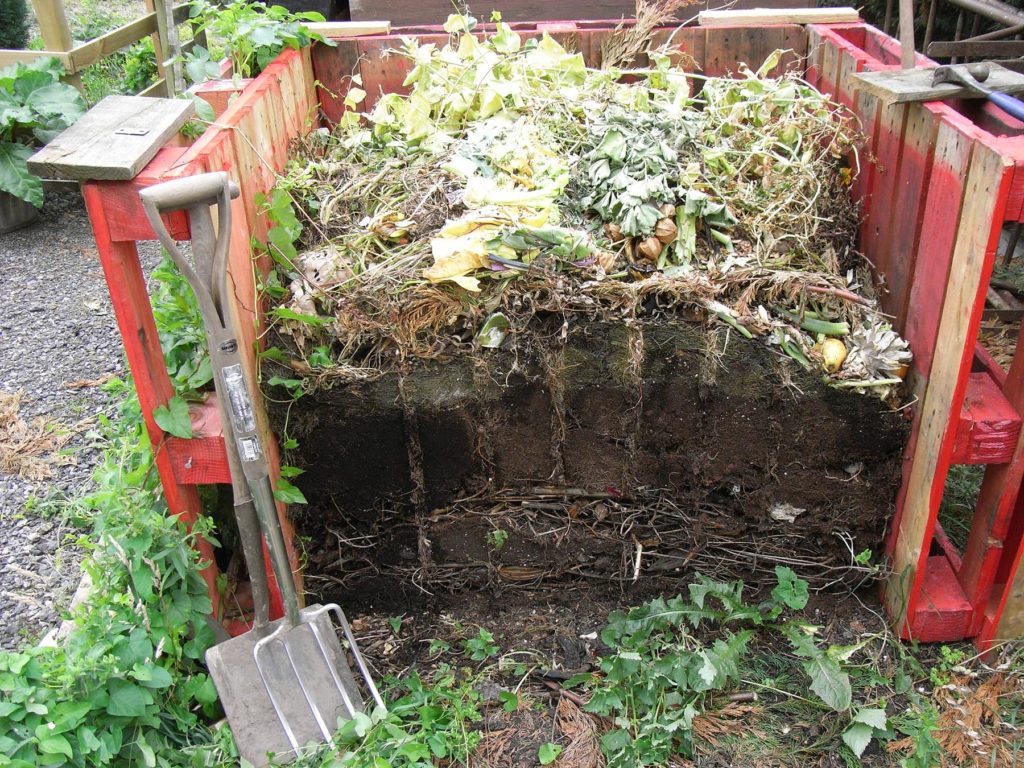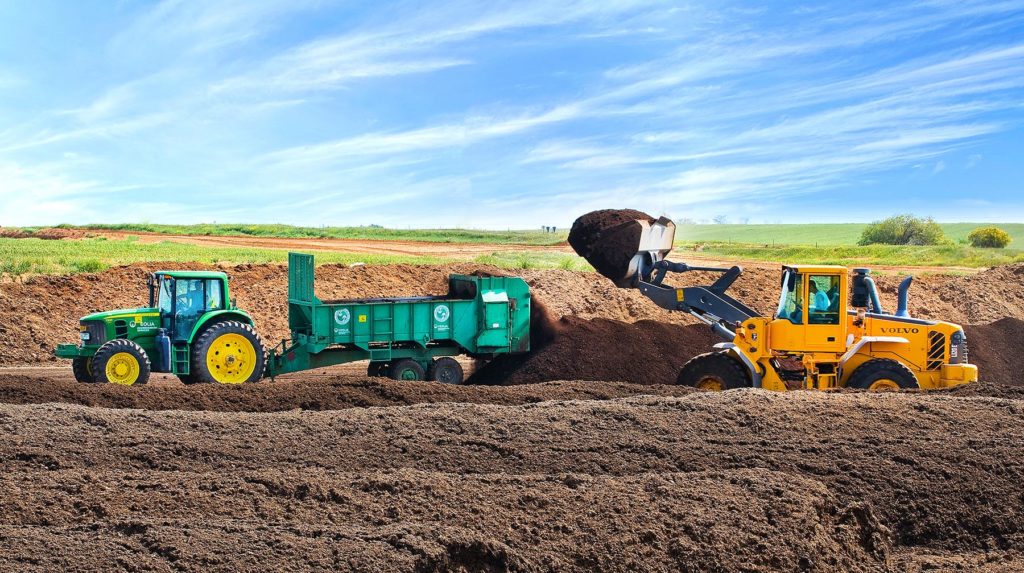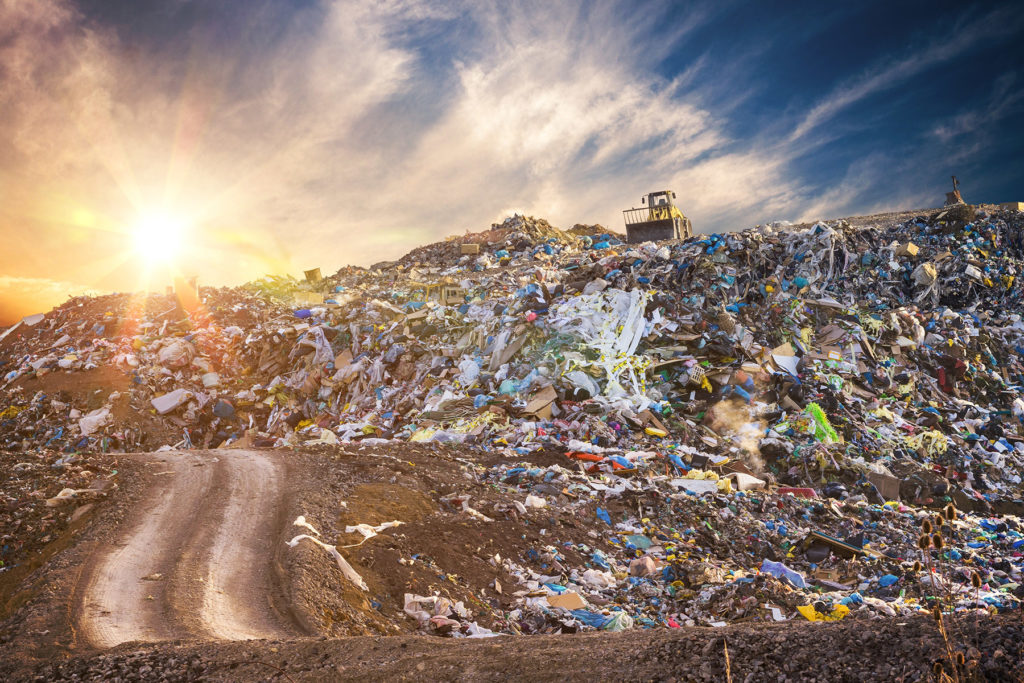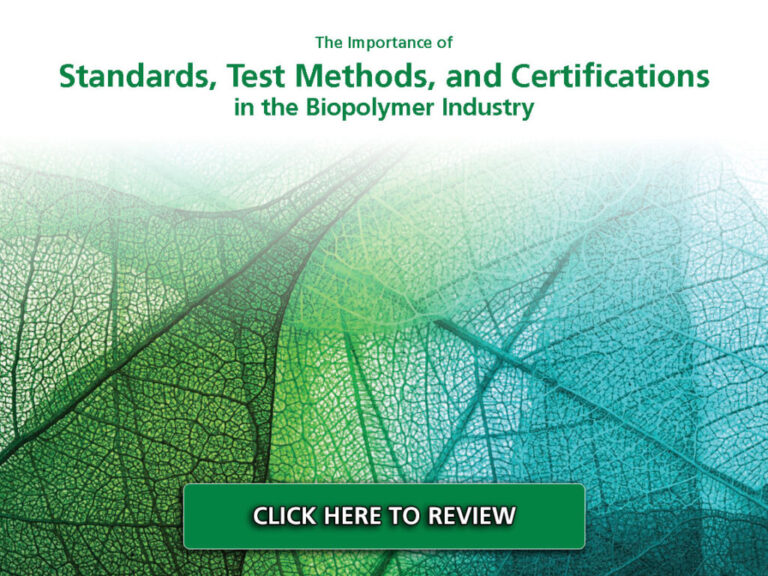
End-of-Life
The Importance of Standards, Test Methods, and Certifications in the Biopolymer Industry
78 million tons of single-use plastic packaging are produced every year – of which less than 2% is effectively recycled. Shockingly, 32% of this material leaks into the environment as a result of inadequate waste collection and processing infrastructure. Given this reality, brands, manufacturers, and policymakers worldwide are searching for ways to improve recycling rates and eliminate the leakage damaging pollution. As a result, there has been a tremendous effort to develop packaging that can be recycled in various end-of-life environments.
Here is what you will learn:
- End-of-Life & Bioplastics
- Why Compostable Plastics Biodegrade
- End-of-Life: Closing the Loop
- Differences in End-of-Life Environments
- Standards, Test Methods, and Certifications
- Dangers of Method-based Certifications
- The New Standard in Sustainability
Our team is here to ensure your success!
At Natur-Tec®, we pride ourselves in supporting our clients beyond our products. We’re experts in end-of-life, organics diversion, and zero-waste, and our team is here to ensure your success. Check out our brochure: “The Importance of Standards, Test Methods, and Certifications in the Biopolymer Industry” for a better understanding of bioplastics, their implications on different end-of-life environments, and the difference between standards, methods, and certifications in the Biopolymer Industry!
END-OF-LIFE: CLOSING THE LOOP
In an effort to support sustainable material management that results in increased recycling rates, end-of-life must be considered part of the solutions to innovative disposal infrastructure and product design. ‘End-of-life’ is the ways in which materials are properly (or improperly) disposed of. Common end-of-life environments include landfills, chemical, and mechanical recycling, industrial compost facilities, etc. Furthermore, as brands, manufacturers, and consumers pioneer sustainability, end-of-life becomes a crucial consideration, and the need for standard-based certifications is imperative.
Home vs. Industrial Composting
While all organic material will eventually break down and biodegrade, the rates at which different materials compost is important to consider when discarding your organic waste. Use the information below to decide if your organic waste is fit for home composting, or if it should be sent to an industrial compost facility.
Home Composting
Industrial Composting


The following items can be composted at home:
- Yard waste such as leaves, grass clippings, branches, etc.
- Some food waste (peels, cores, trimmings, etc.)
The following items can be composted in an industrial composting facility:
- Yard waste such as leaves, grass clippings, branches, etc.
- Food waste
- Other organic waste
- Certified compostable food scrap collection bags and liners (Natur-Bag®)
- Certified compostable packaging*
- Certified compostable food service packaging*
*Always check with your local composter to find out what types of material are accepted at their facilities.

What happens in a Landfill?
In a landfill, waste is preserved for posterity! Nothing fully biodegrades in a landfill.
When waste enters a landfill, it is layered on top of other waste and then covered. Over time, as new waste material is added, the contents of a landfill compact. Because landfills are an anaerobic (without oxygen) environment, nothing can fully biodegrade as there are no microbes, heat, or oxygen to provide energy to the processes of biodegradation.
Food waste is the second largest category of municipal solid waste (MSW) sent to landfills in the United States, accounting for approximately 18% of the waste stream. That is over 35 million tons of food waste sent to the landfills each year.
When food waste or other organic material enters a landfill, it will not biodegrade – organic material will be preserved for posterity within a landfill. Over time, organic material will decompose slightly and in the process release methane, a harmful greenhouse gas, 23 times as potent as carbon dioxide.
Because organic waste cannot fully biodegrade inside a landfill, the carbon and nutrients contained in the waste material are lost – buried for hundreds (if not thousands) of years. Composting and other organic recycling methods are the ideal way to dispose of organic waste. When diverted from a landfill to an industrial compost facility, food scraps will convert into compost, a nutrient-rich soil amendment helping the overall health of the soil. Additionally, compost absorbs three times the amount of water than untreated standard soil, acts as a water filter (helping watersheds, water runoff, etc.), and improves soil structure and porosity.
Can’t find what you’re looking for?
Contact us Today!
We are invested in creating a more sustainable future.
Get in touch with us to see how Natur-Tec® can assist you in reaching your sustainability goals!
